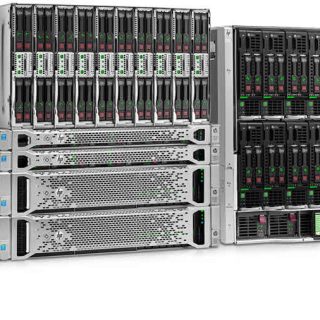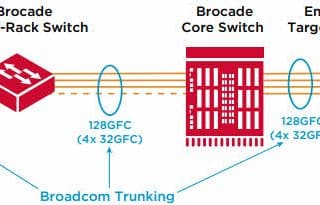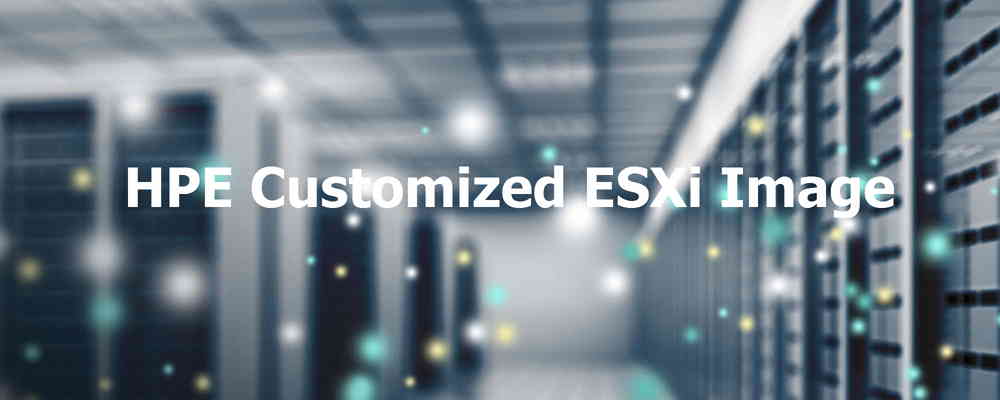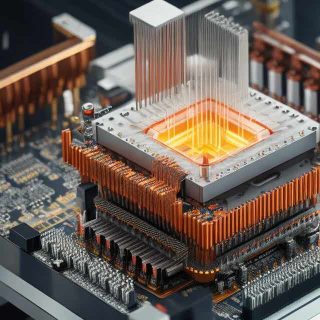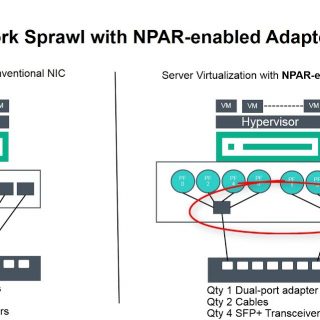Join me to review Intel Hyper-Threading and AMD SMT. In the past but not so long, just before 2001 and before design first multi-core CPU, processors had one core. Intel, AMD and others they tried to increase transistors and frequency in processors. Result of one core CPU was processing single thread at time, the thread might not take all CPU time. Multi-Core processors and multi-threading helping to processing more than one task or process at a time. Today, processors have more cores and also have features to doing multi-threading. Intel Hyper-Threading This technology is a form of simultaneous multithreading technology introduced by Intel, while the concept behind the technology has been patented by Sun Microsystems. Architecturally, a processor with Hyper-Threading Technology consists of two logical processors per core, each of which has its own processor architectural state. Each logical processor can be individually halted, interrupted or directed to execute a specified thread, independently from the other logical processor sharing the same physical core. Unlike a traditional dual-processor configuration that uses two separate physical processors, the logical processors in a hyper-threaded core share the execution resources. These resources include the execution engine, caches, and system bus interface; the sharing of resources allows two logical...
